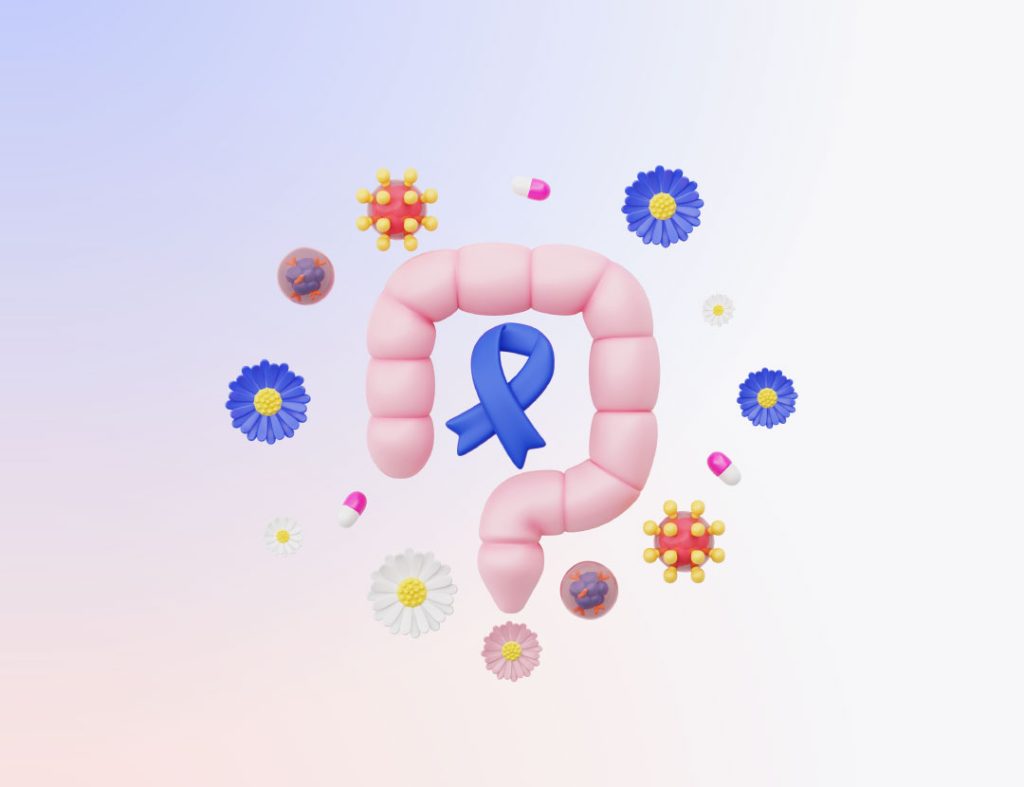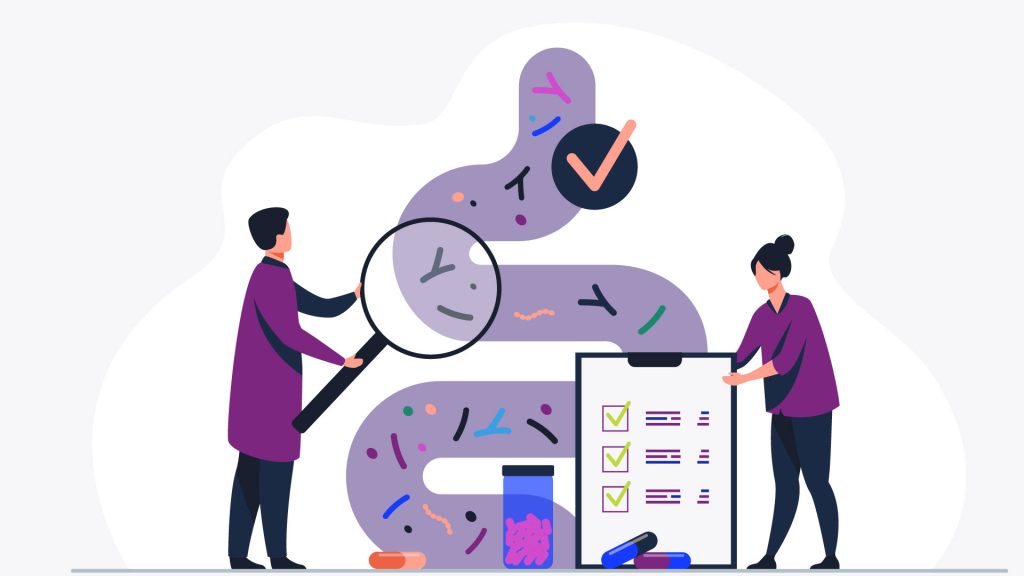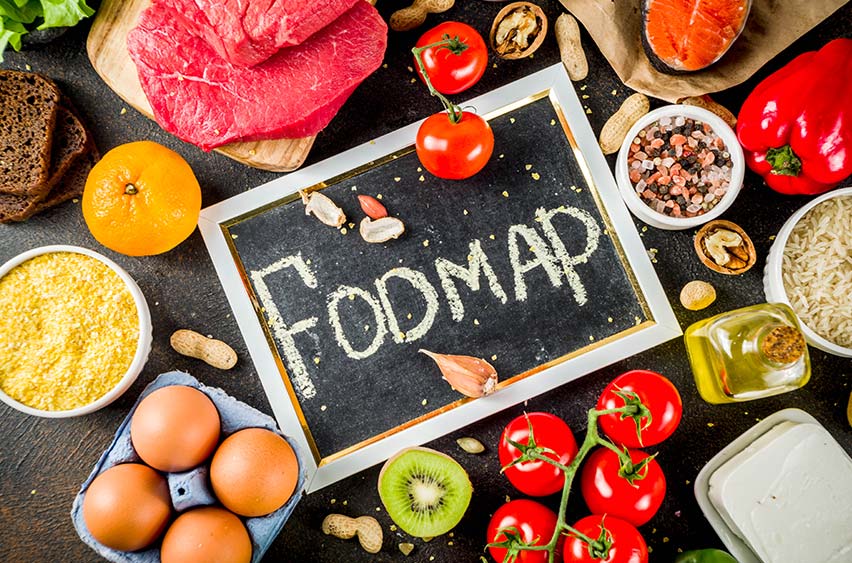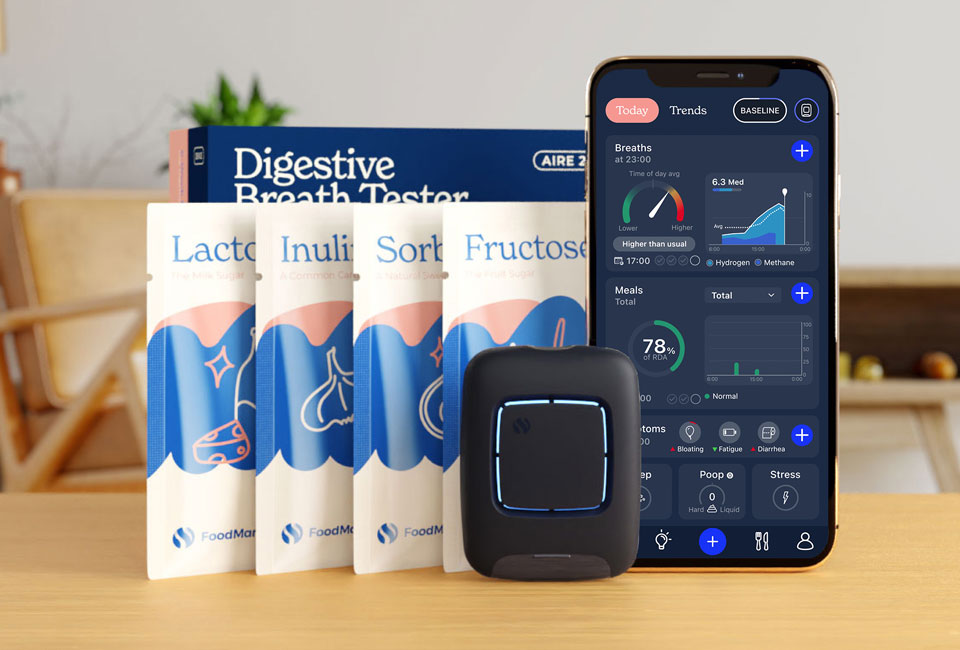Oligosaccharides:
Oligosaccharides are shorter chain sugars that we humans don’t have the enzymes to digest. It is made of Fructo-oligosaccharides (FOS) and galacto-oligosaccarides (GOS). FOS is also known as fructan, which is a collective name for chains of fructose sugars (with varying lengths). Another common fructan is inulin, which differs from FOS due to its longer chain length.
Disaccharides:
Lactose is a disaccharide sugar (two sugar units joined together). To absorb lactose, the lactase enzymes on the small intestinal wall break it into two single sugar units so it can be further absorbed by our body. Once a baby is weaned (moved to solid food) the level of lactase decreases and for some of us, the level is too low, resulting in lactose intolerance. Interestingly, somebody with lactose intolerance can usually tolerate up to 12g of lactose/day. Lactose containing foods are very nutritious, so maintaining even a certain amount in your diet is very important for healthy development.
Monosaccharides:
Fructose contains only one sugar unit. It also has the highest osmotic potential (i.e.) ability to draw water into the small intestine when it is not absorbed properly.
Polyols:
Sorbitol and mannitol are used as artificial sweeteners in candies and soft drinks as well. Polyols aren’t absorbable completely by most people, and this causes digestive issues.




















